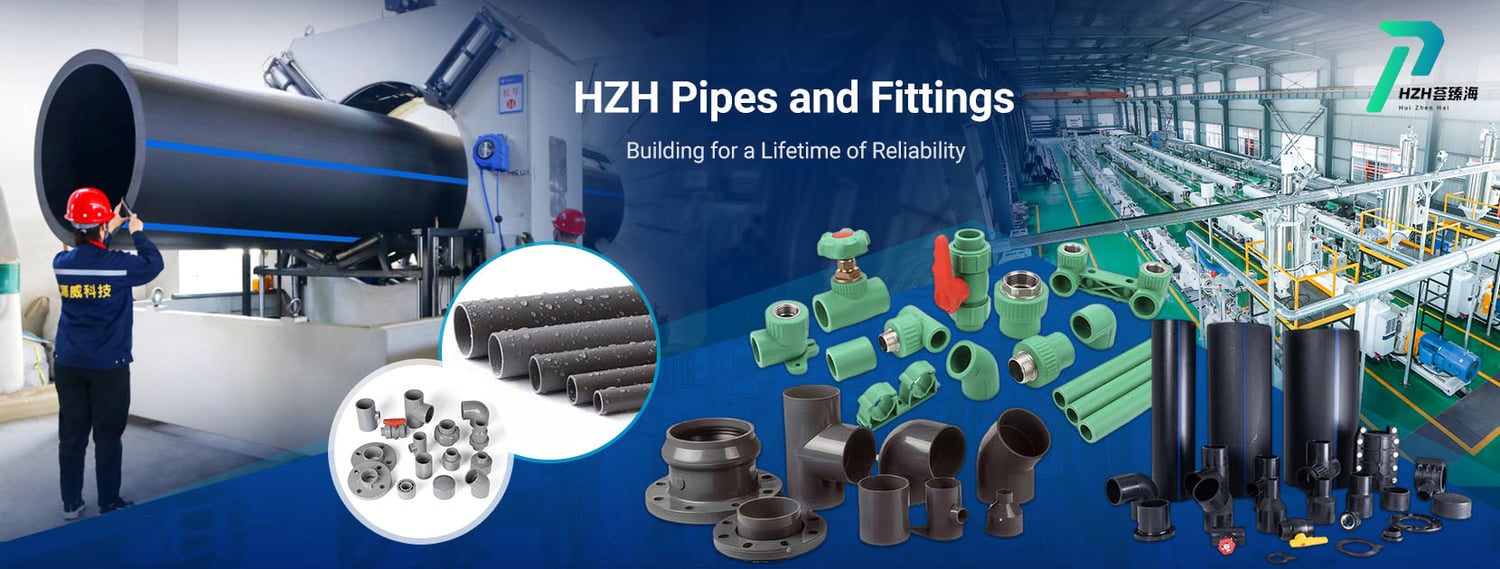Understanding the Importance of Heat ControlWhen it comes to achieving optimal fusion in any heat-related process, mastering heat control is crucial. Whether you are working with metal welding, glass blowing, or cooking, the ability to regulate and manipulate heat is key to achieving the desired outcome. Heat control can affect the outcome of the fusion process, making it essential to understand its importance.Techniques for Precise Heat ManagementThere are various techniques that can be employed to master heat control for optimal fusion. One technique is preheating, which involves heating the materials prior to fusion to reduce the time required for the actual fusion process. Another technique is pulse heating, which involves applying heat at intervals to control the rate of fusion. By mastering these techniques, you can achieve precise heat management for optimal fusion.Choosing the Right Heat SourceThe choice of heat source plays a significant role in heat control for optimal fusion. Different heat sources, such as gas flames, electric arcs, and laser beams, have varying heat intensities and distribution patterns. It is essential to choose the right heat source for the specific fusion process to ensure optimal results. Experimenting with different heat sources can help you determine the most effective option for your needs.Controlling Heat TransferHeat transfer is another critical factor in Mastering Heat Control for Optimal Fusion. Understanding how heat is transferred between materials and adjusting the heat transfer rate can significantly impact the fusion process. Techniques such as insulation, convection, and radiation can be employed to control heat transfer and achieve the desired fusion outcome.Monitoring and Adjusting TemperatureTemperature monitoring is essential for maintaining heat control during the fusion process. Utilizing temperature sensors and monitoring devices can help you track the temperature changes and make necessary adjustments. By closely monitoring and adjusting the temperature as needed, you can ensure optimal fusion results.Utilizing Heat Shields for PrecisionHeat shields are valuable tools for maintaining precise heat control during fusion processes. Heat shields can help protect surrounding areas from excessive heat exposure and focus the heat on the materials being fused. By using heat shields strategically, you can achieve greater precision in heat control and optimize the fusion outcome.Avoiding Heat Loss for EfficiencyHeat loss can be a significant challenge when it comes to mastering heat control for optimal fusion. Insulating the fusion area, minimizing exposure to external elements, and reducing heat escape routes can help prevent heat loss and maintain efficiency in the fusion process. By taking measures to avoid heat loss, you can maximize the effectiveness of your heat control techniques.Experimenting with Heat LevelsExperimenting with different heat levels is essential for mastering heat control for optimal fusion. By testing various heat intensities and durations, you can determine the ideal heat conditions for achieving the desired fusion outcome. Through experimentation and observation, you can improve your heat control skills and enhance the quality of your fusion results.Balancing Heat Input and OutputAchieving a balance between heat input and output is key to mastering heat control for optimal fusion. By ensuring that the heat input matches the heat output, you can prevent overheating or underheating the materials being fused. Balancing heat input and output requires careful monitoring and adjustment throughout the fusion process.Seeking Professional GuidanceFor those looking to master heat control for optimal fusion, seeking professional guidance can be beneficial. Consulting with experts in the field of heat management, attending workshops and training sessions, and learning from experienced practitioners can help enhance your heat control skills. By seeking professional guidance, you can gain valuable insights and improve your ability to achieve optimal fusion results.Quote Inquirycontact us










